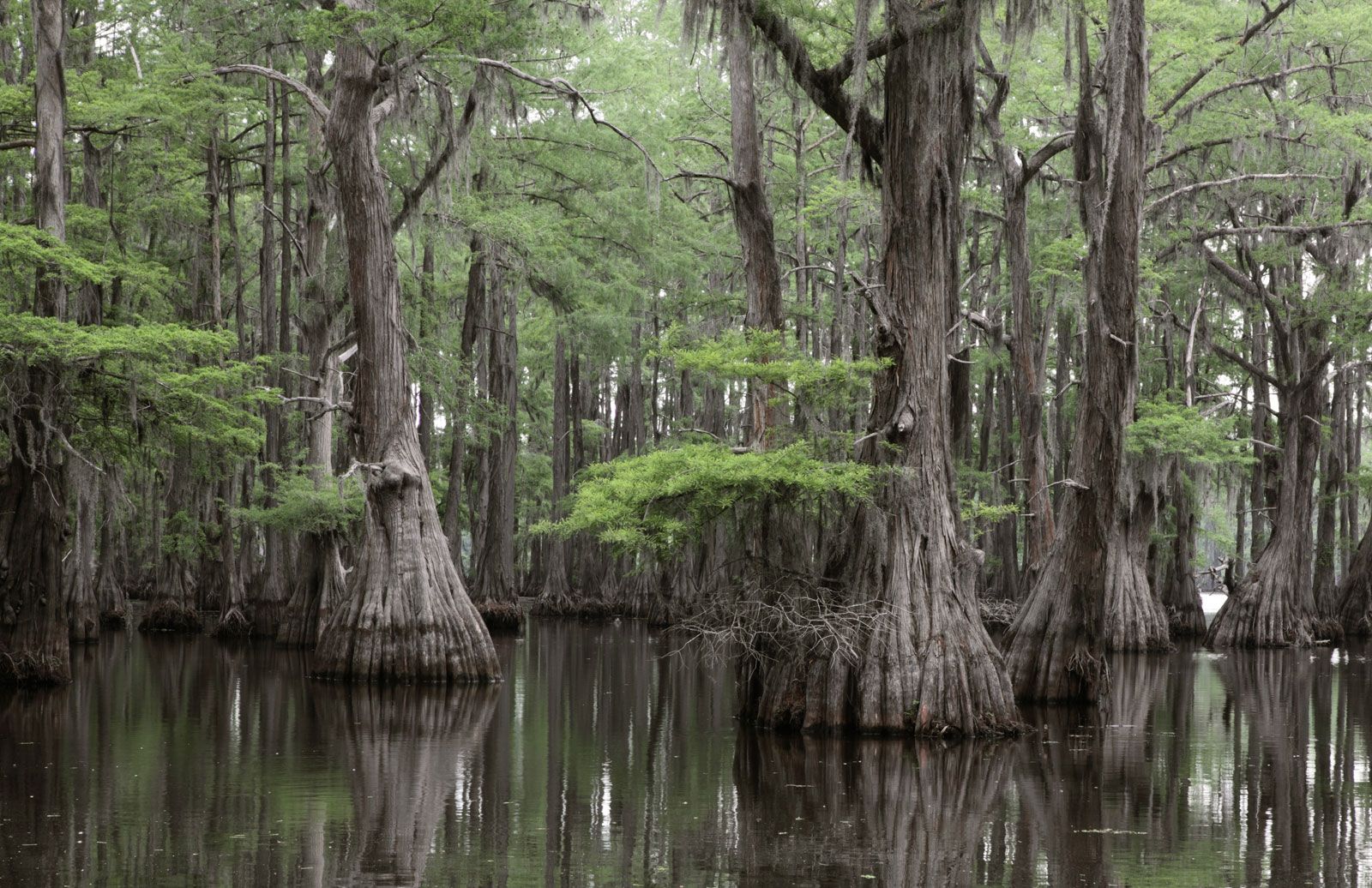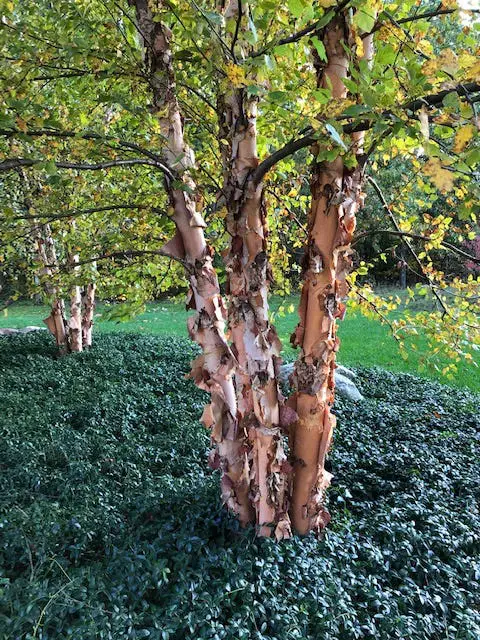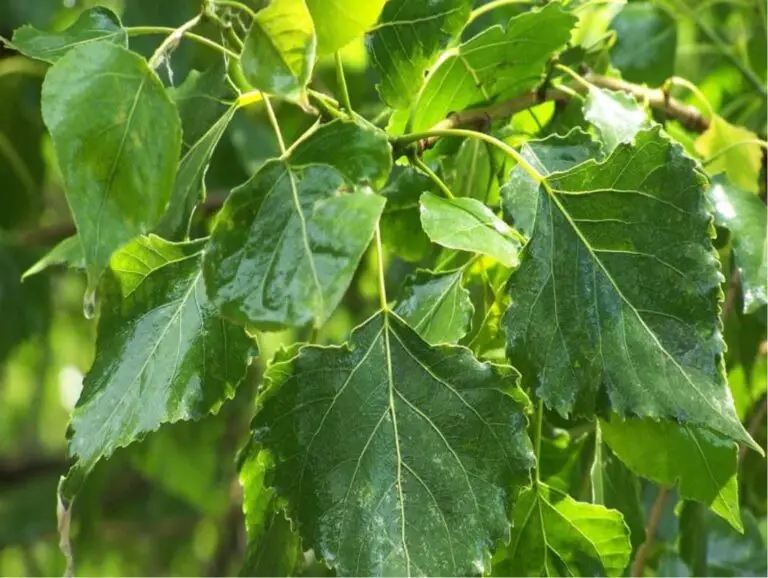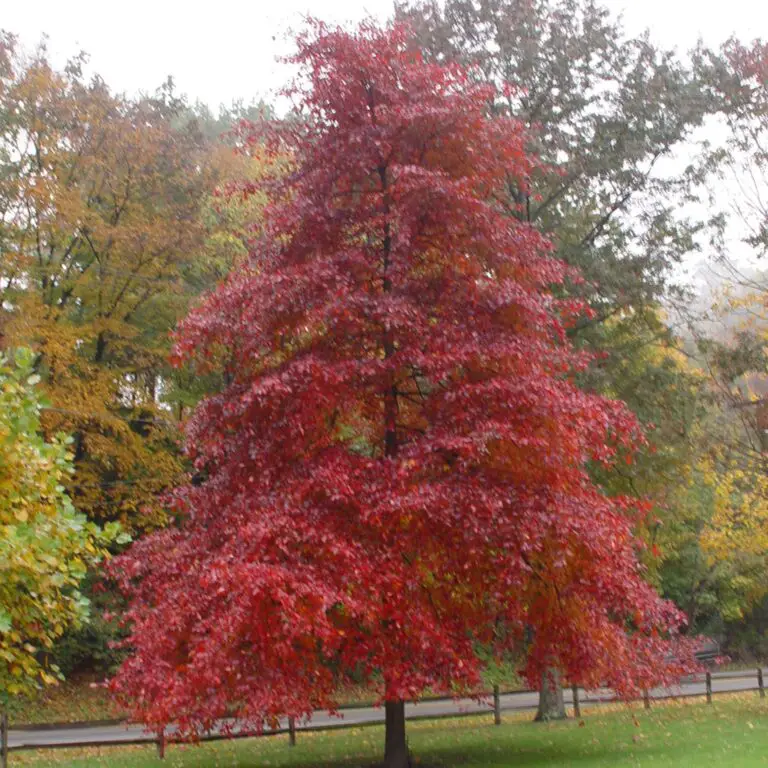Marsh Majesty: Exploring the Enigmatic Charm of Swamp Cypress for Garden Aficionados
In the bucolic depths of a garden sanctuary, against a canvas of lush greenery kissed by the sun, there stands a verdant sentinel – the Swamp Cypress. Its spindle-like roots rise from the moist earth, while feathered leaves whisper tales of resilience, adaptability, and undeniable aesthetic allure. For those who are captivated by the untamed beauty of the marshlands, and for gardens yearning for a touch of the wild, the Swamp Cypress (Taxodium ascendens) promises an enchanting addition. It doesn’t just hold stately presence in its native haunts but evokes a rich history and offers a myriad of tangible benefits for both garden and gardener alike.

Understanding Swamp Cypress
Description and Unique Features
The Swamp Cypress, a species within the larger Cypress family, stands distinguished by its columnar form and needle-like foliage. In the wild, it thrives in the saturated soils of marshes, hence its evocative name. A coniferous tree, the Swamp Cypress is notably deciduous, adding to its seasonal appeal with hues that range from a deep green that gives way to a russet and golden fall spectacle before it sheds its needles.
Beyond its distinctive visual profile, the tree’s adaptability to a range of soil types, including acidic and sandy soils, makes it an excellent choice for many gardeners. Its root system, while robust, is non-invasive and poses no threat to structures or neighboring plant life.
Historical Significance and Cultural Context
The storied past of Taxodium ascendens is steeped in the traditions of indigenous peoples who’ve long appreciated the Swamp Cypress for its practical and spiritual value. From crafting canoes to utilizing the tree’s resin for medicinal purposes, it has been a faithful ally to those who dwell near its habitat. The tree even figures into the mythology of the Deep South, where the ‘Cathedral of Nature’ is found in the ancient cypress swamps of Louisiana.
In modern times, the graceful form of the Swamp Cypress has found a home in public spaces and private estates alike, as a symbol of endurance and grace.
Benefits of Growing Swamp Cypress
Aesthetic Appeal in Garden Design
Gardeners seeking to introduce height, rhythm, and seasonal variation to their landscapes will find the Swamp Cypress an invaluable addition. Its elegant silhouette and year-round interest, punctuated by the drama of autumnal change, provide an essential anchor in any garden design. Whether as a solitary statement piece or planted in groups to create a living screen, the visual presence of the Swamp Cypress is both serene and commanding.
Environmental Benefits and Adaptability
Beyond aesthetics, this tree offers a range of environmental boons. Its dense foliage provides habitat and cover for various bird species, and its tough, rot-resistant wood can last for centuries – a testament to its strength and longevity. Furthermore, the Swamp Cypress plays a role in stream bank stabilization and flood control, functions which are particularly appreciated in the wake of modern urbanization.
For the gardener, the adaptability of the Swamp Cypress extends to challenging areas such as waterlogged soils or sites prone to periodic flooding, where few plants dare to grow with such splendor.
Caring for Swamp Cypress
Ideal Growing Conditions
The Swamp Cypress thrives in full sun to part shade, with the optimal being around six hours of direct sunlight a day. Moist but well-draining soils are vital, especially during the tree’s early establishment years. While it can tolerate periodic inundation, standing water for prolonged periods can lead to root rot. In regions with hot summers, a site that offers afternoon shade can help the tree conserve moisture and thrive despite the heat.
Maintenance Tips for Healthy Growth
Young Swamp Cypress trees benefit from regular watering during dry spells, ensuring the soil remains damp to the touch but not waterlogged. Mulching around the base of the tree with organic material helps regulate soil moisture and suppress weeds, which can compete for nutrients. Pruning is rarely needed, but the removal of dead wood and lower branches can be undertaken to maintain a strong, clean trunk and a pleasing shape.
Protecting the tree from extreme weather conditions when it is first establishing roots is crucial for long-term health. Wrapping the trunk with tree wrap in the winter can prevent sun scald, while patient monitoring and supplemental watering during dry and hot spells can safeguard it against heat and drought stress.

Incorporating Swamp Cypress in Garden Designs
Design Ideas and Landscaping Tips
From the sprawling grandeur of public parks to intimate home gardens, the possibilities for incorporating Swamp Cypress are as varied as the landscapes where they dwell. The tree’s architectural form and textural variety can be showcased with underplantings of ferns, hostas, or ornamental grasses, creating a tapestry that plays to both its height and its grounded splendor.
For larger gardens, a carefully curated grove of Swamp Cypresses can create a serene, cathedral-like space. Paired with natural stone features or reflective water elements, the effect is one of timeless calm and a tribute to the tree’s spiritual significance in the wetlands.
Companion Planting Suggestions for Visual Appeal
The collaborative magic of companion planting is especially potent when the Swamp Cypress is involved. Consider pairing it with the vibrant blossoms of southern favorites like azaleas or camellias, or the cheerful hues of coreopsis and black-eyed Susans. The maroon-colored softness of ‘Ruby Muhly’ grass offers a striking contrast in form and color, returning yearly to accent the tree’s transient autumnal showcase.
In the back of a border, the vertical lift of the Swamp Cypress is harmoniously complemented by the rounded forms of hydrangeas, whose blossoms echo the colors that will soon adorn the tree. Sedums or other succulents can also add intriguing layers when planted at the tree base, especially since they can tolerate the wet-to-dry cycles common in swampy ecosystems.
Conclusion
The allure of the Swamp Cypress is as deep and enduring as its roots, resonating with those who cherish the wonders of the natural world and who seek to create their bit of paradise. For the modern gardener, it represents a living channel to untamed landscapes and a bridge to the rich heritage of the plants we cultivate.
By taking the time to understand the needs and attributes of the Swamp Cypress, garden enthusiasts can unlock its full potential in their own green sanctuaries. Its regal bearing, environmental stewardship, and melding into diverse garden styles make it a tree worth treasuring. So, whether you’re designing a home garden or considering a revamp of a public space, the addition of a Swamp Cypress could just be the majestic touch that your garden is yearning for – a bit of marsh in the midst of your own backyard majesty.






